Mercado Modelo
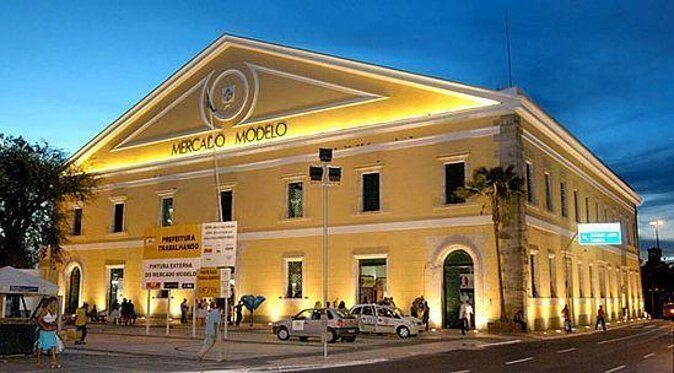
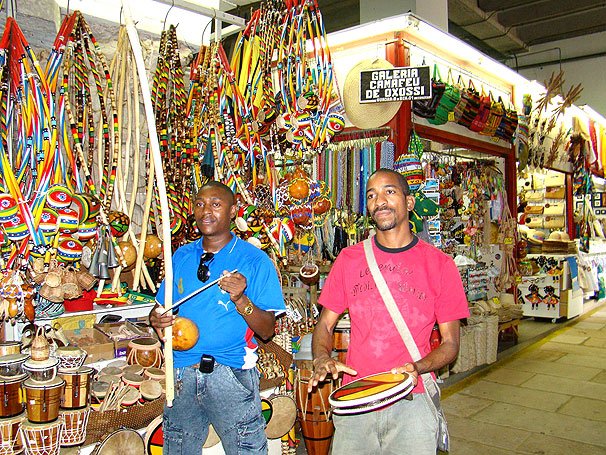
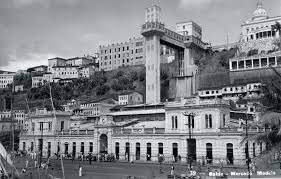
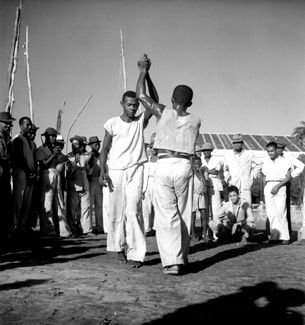

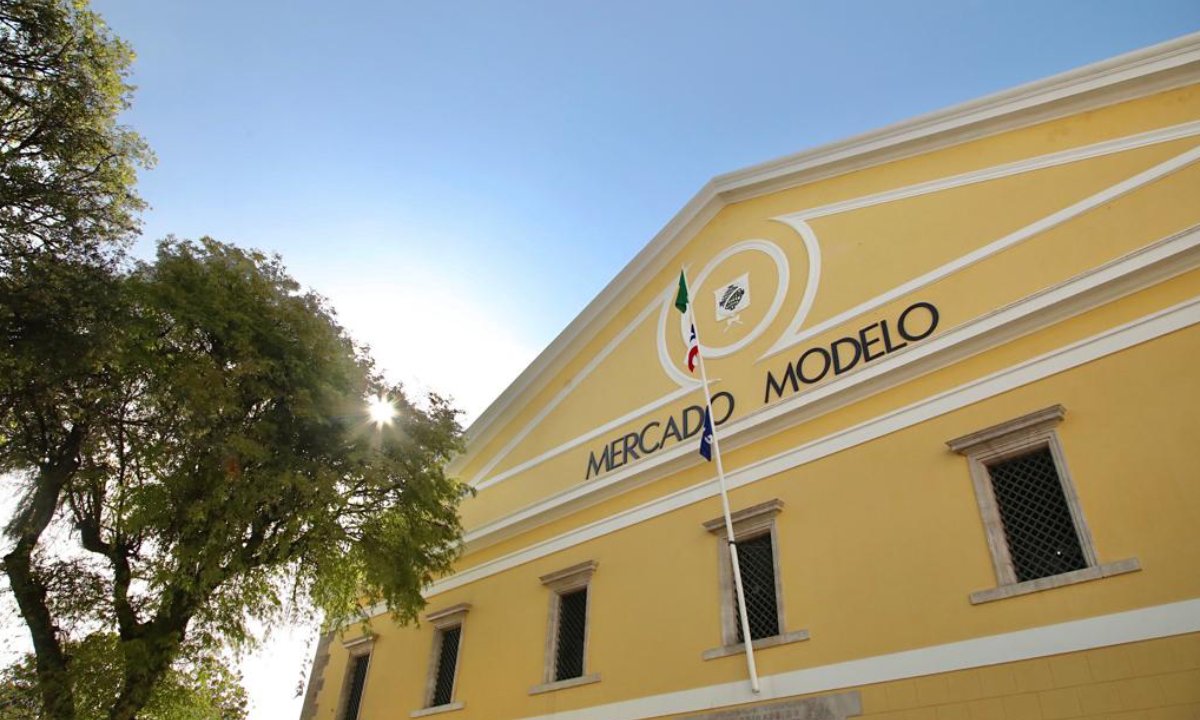
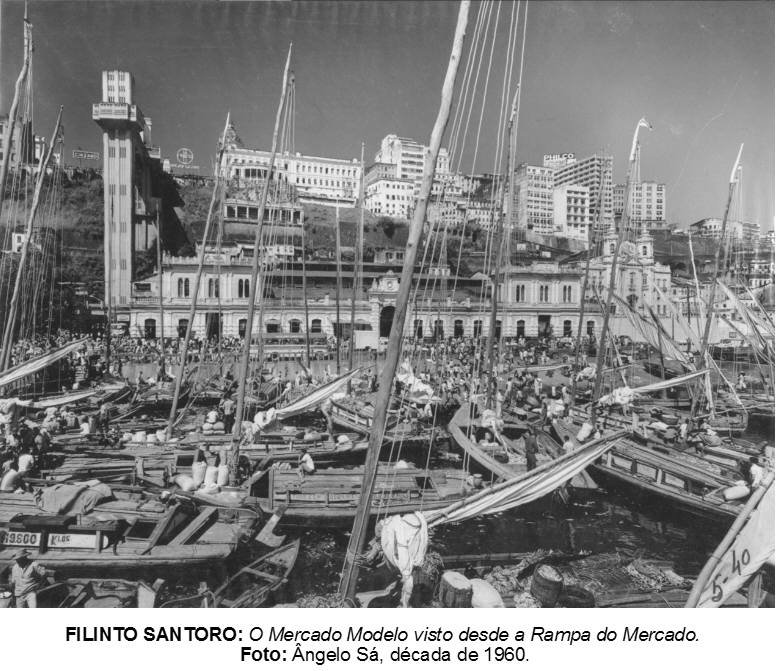
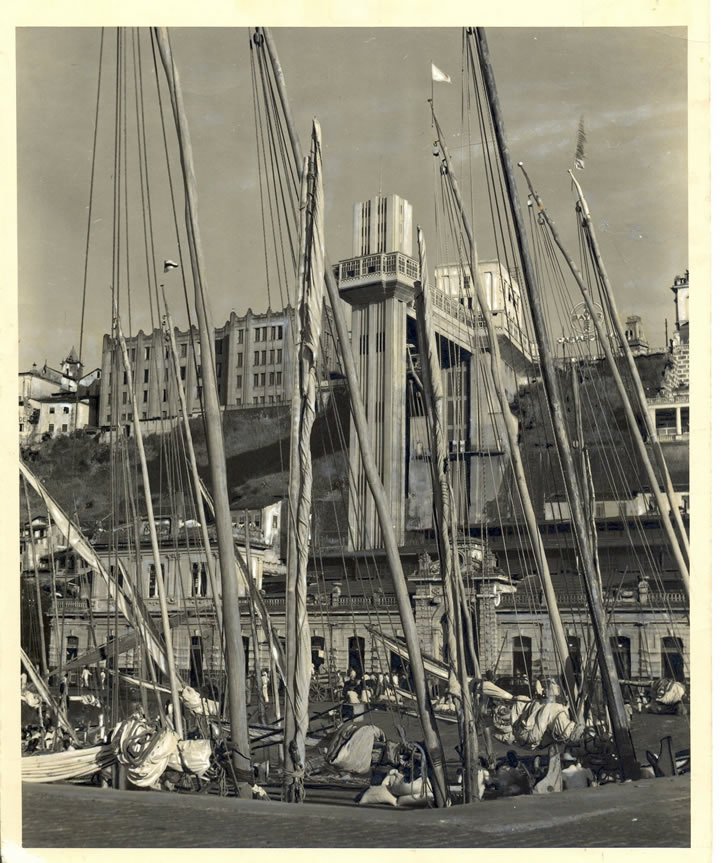
Mercado Modelo and the Birth of Capoeira: A Journey Through Bahia’s History
When delving into Capoeira's rich history, one cannot overlook its deep connections to Bahia, particularly the bustling Mercado Modelo in Salvador. This iconic market and the surrounding port areas played a significant role in developing and disseminating Capoeira, a unique blend of martial arts and cultural expression.
The Historical Context of Mercado Modelo
Mercado Modelo, located in Salvador, Bahia, has been a central hub of commerce and culture since its establishment. The market stands near the Água dos Meninos inlet, a strategic point where goods from the Recôncavo region were brought in by sloops. These boats carried daily production from the surrounding coastal and riverside cities to Salvador, the main export port. The goods would often pass through intermediary stops at ports on the islands of Itaparica and Maré, dictated by practical necessities such as wind conditions, tides, and the need for rest or supplies.
The area around Mercado Modelo was a hive of activity, bustling with dockers, sailors, porters, and various labourers. This diverse and dynamic population, often called the "Port Population," included stevedores, animal load conductors, and wagon drivers. These workers were known for their physical strength and endurance, honed through their demanding daily tasks. After work, they would gather at the market, where the atmosphere was lively with music, dance, and camaraderie.
The Cultural Melting Pot
The vibrant environment of Mercado Modelo and the surrounding docks provided fertile ground for cultural exchange and the development of Capoeira. The workers, many of whom were of African descent, brought rich music, dance, and physical prowess traditions. The communal gatherings often involved singing, dancing, and playful competitions deeply rooted in African cultural practices.
The rhythmic sounds of drums and other traditional instruments would fill the air, creating a backdrop for spontaneous displays of agility and strength. These performances were not merely for entertainment; they were a way for the participants to assert their identity, showcase their skills, and build camaraderie. Over time, these informal gatherings evolved into more structured forms of physical expression, giving rise to the early forms of Capoeira.
Capoeira: From Playful Games to Martial Art
Initially, the physical contests at the market were seen as playful games where participants would try to outdo each other with their acrobatic and choreographic skills. However, these games began to take on a more competitive and strategic nature, incorporating elements of combat and self-defence. This transformation was influenced by the harsh realities of life for the Afro-Brazilian population, who faced systemic oppression and often had to defend themselves against various threats.
Capoeira emerged as a hybrid form of physical expression, blending dance, acrobatics, and martial techniques. It was a way for the practitioners to train their bodies and minds, fostering a sense of resilience and community. The music, which remained a central element, provided a rhythmic structure that guided the movements and added a layer of cultural significance to the practice.
Mercado Modelo and the Public Roda
One of the pivotal moments in Capoeira's history was the emergence of the public "roda" (circle) at Mercado Modelo. Despite being illegal at the time, Capoeira practitioners began to organize public rodas where they could showcase their skills. These gatherings were often held discreetly to avoid the attention of the authorities, who viewed Capoeira as a threat due to its potential for insurrection and resistance.
The roda symbolised cultural resistance and resilience, where participants could express their heritage and solidarity. The circular formation of the roda, with participants taking turns to enter the centre and engage in the "game," reflected the communal and inclusive nature of Capoeira. Through their clapping and singing, the audience played an active role in supporting the players and maintaining the event's energy.
The Legacy of Mercado Modelo in Capoeira
Today, Mercado Modelo stands as a testament to Salvador's rich cultural history and its integral role in the development of Capoeira. The market remains a popular destination for locals and tourists, offering a glimpse into the vibrant traditions that thrive in Bahia. The legacy of the early Capoeira practitioners who gathered at Mercado Modelo lives on in the modern practice of Capoeira, which has gained international recognition and appreciation.
Capoeira has transcended its origins as a form of resistance and self-defence, becoming a celebrated cultural heritage that embodies the spirit of creativity, resilience, and community. The rhythmic beats of the berimbau, the graceful movements of the players, and the communal energy of the roda continue to inspire new generations of Capoeira enthusiasts around the world.
Conclusion
Mercado Modelo and the surrounding port areas of Salvador played a crucial role in the birth and evolution of Capoeira. From the vibrant gatherings of dockworkers and sailors to the clandestine rodas that defied colonial repression, the market has been a melting pot of cultural exchange and a cradle of Afro-Brazilian heritage. Today, the legacy of these early practitioners continues to enrich the cultural landscape of Bahia and inspire Capoeira practitioners worldwide.

